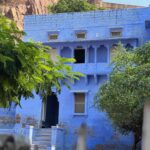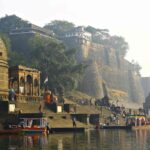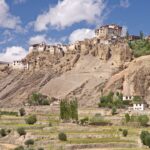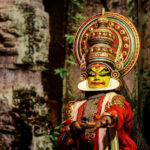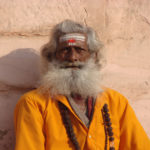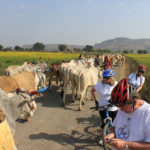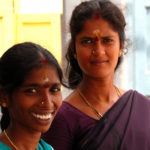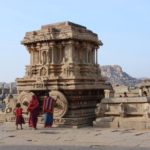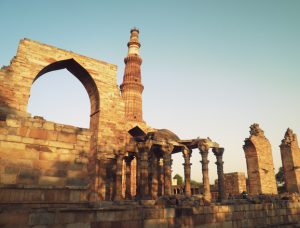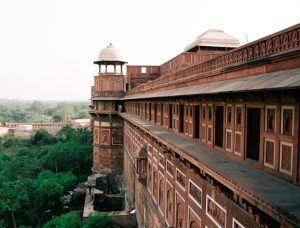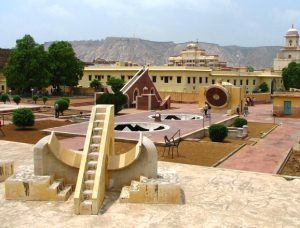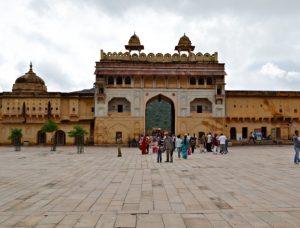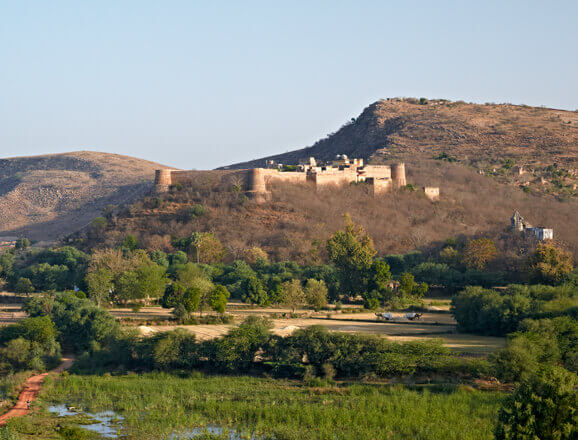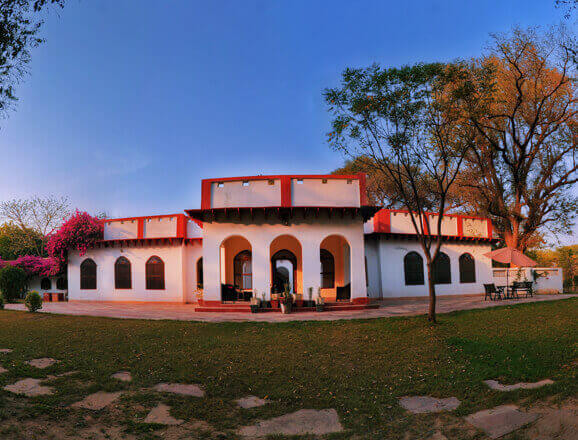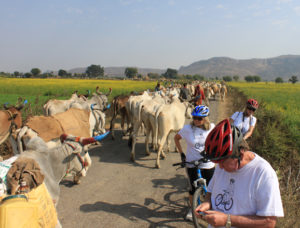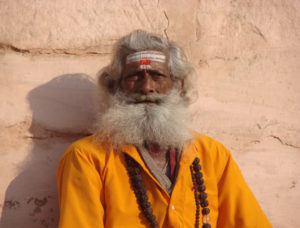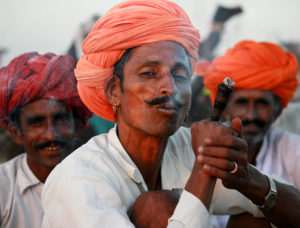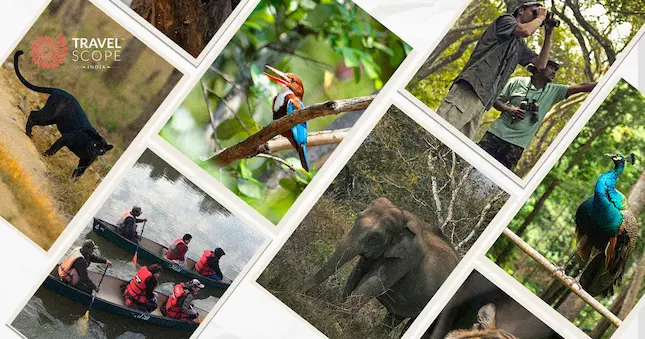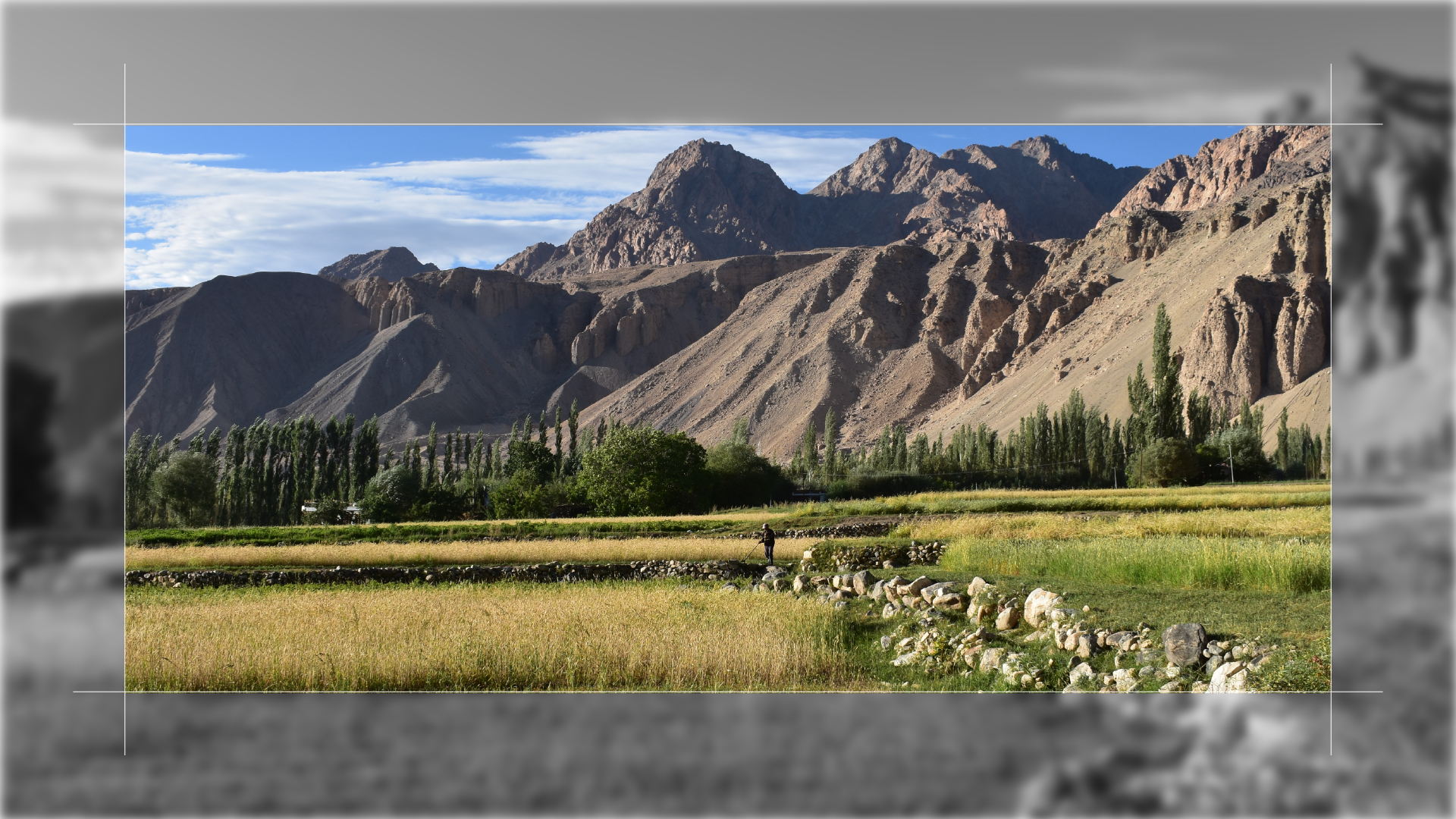Discover Infinite India
Mohan Narayanaswamy listed in Condé Nast Traveler's 2024 Top Travel Specilaists. Know More
- Our story
- Destinations
-
Itineraries
-
The Quiet Heart of the South
A journey through Karnataka’s royal cities, river forests, and hill sanctuaries
- 10 Days
- 4 Destinations
-
Rituals, Rivers & Rising Faiths
A journey through India’s living legacy of faith, empire, and tradition
- 14 Days
- 5 Destinations
-
Ladakh: Of Stone and Silence
Where Mountains Keep time and Rivers Carry Prayer
- 12 Days
- 8 Destinations
-
Rajasthan Beyond Palaces
Stories of stepwell feasts, leopard trails, and wild hills
- 13 Days
- 5 Destinations
-
In the Shadow of the Himalayas
Discover the wild beauty of the Himalayan foothills
- 12 Days
- 5 Destinations
-
Where Legends Live and Tigers Roam
Central India: Ancient Temples, Timeless Stories, and Untamed Nature
- 10 Days
- 4 Destinations
-
Rivers, Rhinos & Rhythms of the East
A Journey Through East & North-East India: Kolkata, Kaziranga & Brahmaputra
- 10 Days
- 4 Destinations
-
Palaces, Temples & Colonial Echoes
Retrace the Peninsular History of Kingdoms & Colonies in Tamil Nadu
- 10 Days
- 5 Destinations
-
Mountains, Monasteries & Monks
Discover the trans-Himalayan landscape and its people
- 9 Days
- 3 Destinations
-
- Experiences
- Stays
-



Golden Triangle & Beyond
The history of a millennium in a nutshell
India, a country of over a billion population, one of the top ten fastest growing tourism destinations worldwide, and with the capital as a starting point for most travelers, the Golden Triangle circuit of Delhi, Agra and Jaipur is on most travel itineraries. Yet these cities still offer something to the intrepid traveler. They have witnessed the sweep of religions and tribes, the rise and fall of empires and colonies, political intrigues and romances, and the birth of a democracy.
Nobody is entirely sure why this is called the Golden Triangle. While the 3 cities do form a triangle when plotted on a map, the golden seems to be interpreted as either ‘royal’ (following in the wake of emperors) or ‘must-visit’ (like the Golden Rule!). Here at Travel Scope, we see the play of elements; the waters of the Yamuna river, the stone and earth of the monuments that have withstood the test of time, the fiery zeal of rulers who sought immortality, and the winds of Time. Perhaps golden represents the alchemy of history itself!
At Travel Scope, we are eager to retrace the alchemy of a millennium, through art, literature, economy, architecture, food, stories and folklore to convey an essence of what India is today.
Highlights
-
![Travel through India’s three historic eras: feudal, Mughal and colonial]()
Travel through India’s three historic eras: feudal, Mughal and colonial
-
![Discover the monuments, bazaars and old quartiers on expert led heritage walks]()
Discover the monuments, bazaars and old quartiers on expert led heritage walks
-
![Master home-cooked recipes in Delhi, Agra and Jaipur]()
Master home-cooked recipes in Delhi, Agra and Jaipur
-
![Spend an evening discussing art, history, politics or women’s issues with our expert hosts]()
Spend an evening discussing art, history, politics or women’s issues with our expert hosts
-
![Add a touch of wildlife to your trip at Chambal and Ranthambore sanctuaries]()
Add a touch of wildlife to your trip at Chambal and Ranthambore sanctuaries
-
![Soar over the cityscapes & farmlands in a hot-air balloon]()
Soar over the cityscapes & farmlands in a hot-air balloon
-
![Craft your own souvenirs along the way, from inlaid pieces to block-printed fabrics]()
Craft your own souvenirs along the way, from inlaid pieces to block-printed fabrics
Destinations Covered
Best Time to Visit
-
Great time to visit
jan
-
Great time to visit
feb
-
Great time to visit
mar
-
Great time to visit
apr
-
Not advisable
may
-
Not advisable
jun
-
Good time to visit
july
-
Good time to visit
aug
-
Good time to visit
sep
-
Great time to visit
oct
-
Great time to visit
nov
-
Great time to visit
dec

Programme Details
New Delhi
Day: 1-3
Your time travel will start the minute you fly over Delhi airspace, broad tar ribbons and sinuous rivers snake their way through a tapestry of concrete and forest. The Delhi airport is a beehive of international and domestic traffic, as it links people and businesses to the world and is an epitome of a technological, modern-day India. As you step out of the airport, a Travel Scope representative will greet you and escort you to your hotel. On the ride, Delhi’s incongruities take centrestage; high rises of glass and steel representing every kind of tertiary business jostle with itinerant gypsy settlements selling everything from earthenware to venetian blinds, decrepit black-and-yellow taxis compete with the CNG green-and-yellow auto rickshaws, broad freeways teeming with cars of every size are juxtaposed against a backdrop of the metro, the new arteries of the city.
Start the following day with a Travel Scope guide on a walk of New Delhi, a city that largely owes its present-day avatar to a man named Edwin Lutyens, a man best known for adapting traditional architecture to contemporary styles. Head towards the India Gate, a monument commemorating the deaths of over 70,000 Indian soldiers in the British Forces during the World War I. Older British buildings that were used as power hubs house today’s Parliament and Secretariat. Walk down Connaught Place, the business district of the British era, which serves much the same purpose today. Continue to trace the Mughal Empire with an Old Delhi Walk-and-Cycle-Rickshaw-Ride along the Red Fort, the Jama Masjid towards the bustling markets of Chandni Chowk. Walking down Chandni Chowk in Old Delhi, one can palpably experience the sacred yet secular way of life that is so typical of India.
You can continue to explore Delhi with any of our recommended activities, as below:
Recommended Activities
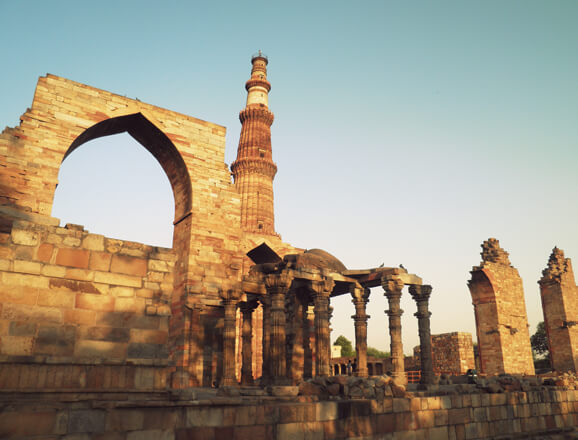
Architecture Trails
Art & Architecture
Step back into the Mughal era, with Travel Scope's Art History Trails. Let an art historian lead you to the Emperor Humayun’s tomb, OR the prayer tower of Qutab Minar, some of the Mughal Empire monuments, and introduce you to the finer details of architecture, artistry and history.
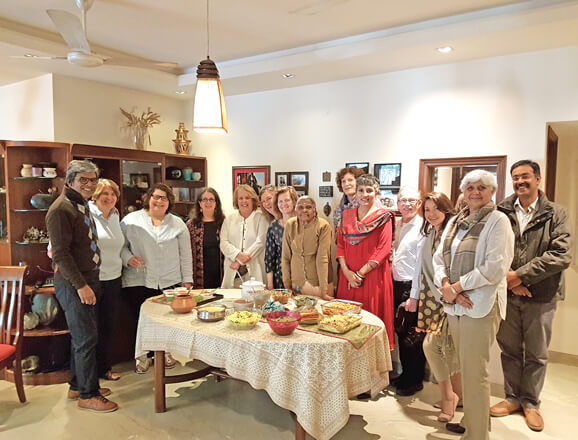
Culinary Experience
Cuisine
For a more local flavor (literally!), Travel Scope would be happy to organize cooking sessions in Delhi, where you could smell, taste and use some of the ingredients that you will find in the cuisine as you travel through the country, and learn the rich legacy of spices! You can choose between a home cooking experience, where you can engage with your host and prepare some simple, homely fare. Or you could choose to learn from the best in the hoteling industry with our 5 star hotel chefs who will showcase Indian specialties.
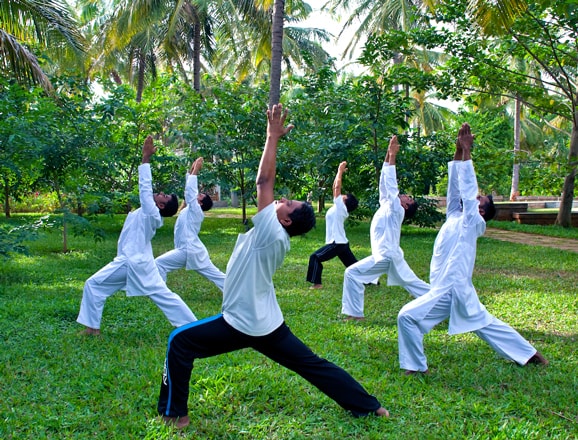
Unwind with Yoga
Wellness & Spirituality
Yoga, comprises of techniques that lead to harmony between the inner self and the eternal environment, between thought and action, between the individual and the world. While the practice has spread far and wide, yoga in India would be an enriching experience for all age groups. Travel Scope offers personalized yoga sessions to guide you through various postures, breathing techniques and their philosophical essence. Learn yoga in a private home in Delhi, or along the banks of the sacred Ganges in Varanasi or Rishikesh, or deep in the bamboo forests of Coorg, or in the midst of Mysore city or..
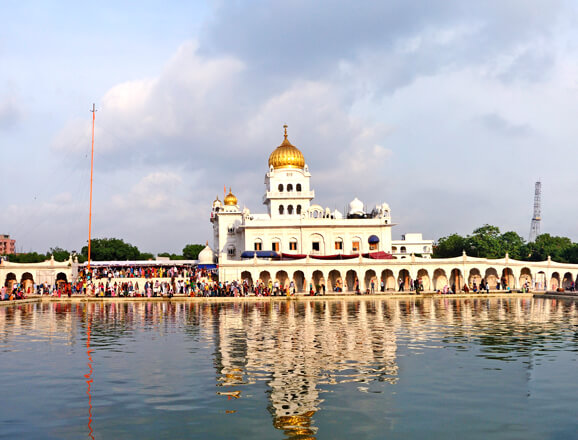
Bangla Sahib Gurudwara
 Beliefs & Rituals
Beliefs & Rituals
With its eye-catching golden dome glistening in the sun, Bangla Sahib Gurudwara is a holy place for Sikhs across the world, the holy waters of its pond are believed to have healing properties. Here, you can visit the principal shrine and witness pilgrims partaking in the traditional Langar-style meal that has been cooked by the Gurudwara’s disciples in its community kitchen. If you wish, you can volunteer in the community kitchen as well. Image credits: Nimitnigam, CC-BY-SA
Recommended Accommodations
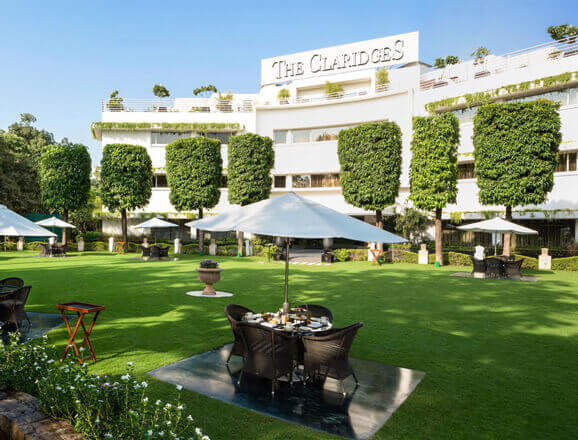
The Claridges
Luxury Boutique
The Claridges hotel offers its guests a relaxing stay in its beautiful beige accommodations, and has been a landmark in Lutyens’ Delhi since the 1950s. Located amidst lush and tranquil surroundings in the heart of the city, the hotel is within close proximity of the shopping and cultural centers and historical landmark.
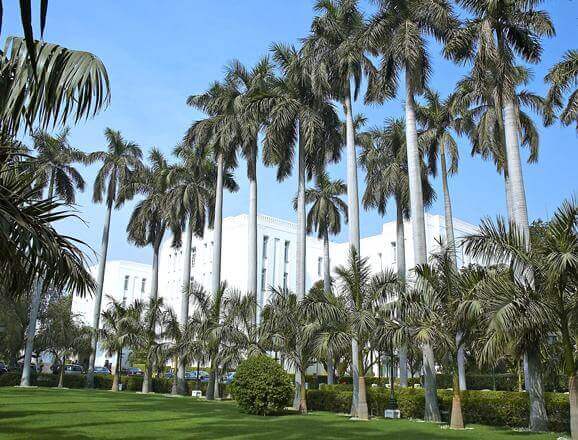
The Imperial
Luxury Boutique
The Imperial hotel offers the best in luxury as well as comfort with its regal interiors, as elaborate as the backdrop of The Great Gatsby, and an impeccably trained staff. The hotel offers rooms in varying sizes and cost, yet the promised comfort and amenities are in no way compromised upon. The hotel houses museum-worthy artefacts as well as an art gallery among its many corridors. The in-house restaurants are brimming with elegance and reflect the hotel’s art-deco ambience. However, it is The Spice Route, which is its major attraction; an intricately designed restaurant that features exquisite carvings.
Agra
Day: 4-6
The Mughal trail continues in Agra, a city whose origins can be traced back to the days of the Mahabharata (the epic poem of Great India). Agra, part of the Delhi Sultanate was captured by a Persian-Turkic emperor, made into a capital and later gained prominence under Mughal emperors like Akbar, Jehangir and Shahjahan. Agra has been immortalized ever since, by Taj Mahal – the magnificent mausoleum, which the emperor Shahjahan had built for his queen, Mumtaz and India’s own jewel in the list of 7 Wonders of the Modern World.
On the next day, follow the road less traveled with Itmad-ul-Daulah, a marble tomb built for the grandfather of Mumtaz (the queen interred at the Taj Mahal) also known as Baby Taj, is said to have inspired the Taj Mahal. For the grand finale (before you think that Mughal architecture is all about tombs), let us guide you to Fatehpur Sikri, a city capital built by Emperor Akbar to honour a Sufi saint, Salim Chisti, which is perhaps the best preserved vestige of the Mughal Empire. The city complex includes palaces, pools, public audience halls, mosques and other places of worship, and (you guessed it) tombs!
Spend your last day in Agra exploring the sights like those suggested below:
Recommended Activities
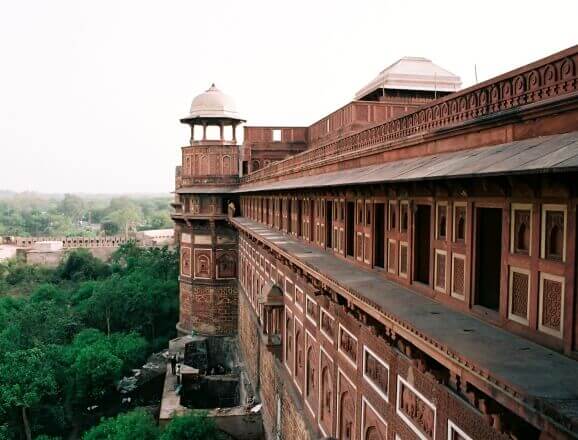
Agra Fort
On the right bank of the Yamuna river, is one of the most important and robustly built stronghold of the Mughals, embellished with a number of richly decorated buildings – the Agra Fort. Let our guide tell you the rich, evocative Mughal history of Agra Fort, where emperors like Babar, Humayun, Akbar, among other historic characters take centrestage.
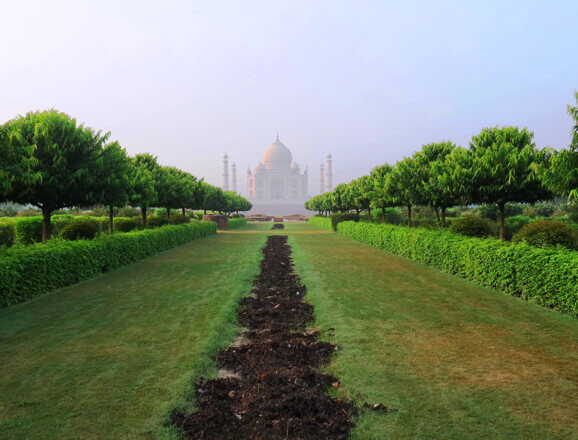
Mehtab Bagh
Art & Architecture
Opposite the Taj Mahal, on the other side of the Yamuna river, lies the Mehtab Bagh garden – which legend claims was to be site of a Black Taj that the emperor Shah Jahan wished to build for himself, facing the monument he’d built for his love. Visit the Mehtab Bagh, a four garden layout, typical of Mughal constructions worldwide to appreciates its beautiful flowering plants, pools and fountains, and for a different angle to shoot the Taj Mahal from. Image Credits: g.kaustav, CC-BY-SA
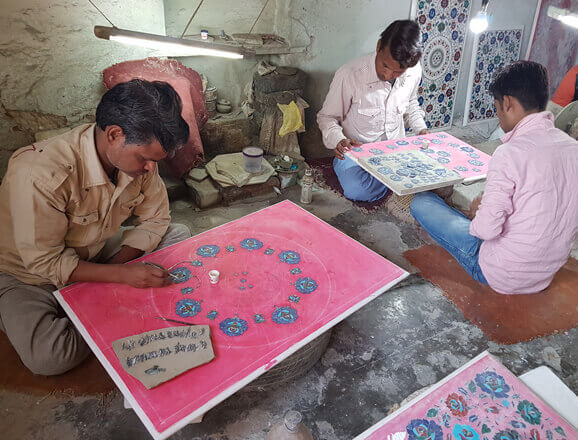
Artisans of Marble Inlay
 Arts, Crafts & Textiles
Arts, Crafts & Textiles
Taj Mahal’s intricate beauty lies in the inlay work; where semi precious stones are set into the marble tiles and floors to create floral motifs. If interested, Travel Scope can organize a 'Meeting with Inlay Artisans' to understand how the craftsmanship has continued through the ages!
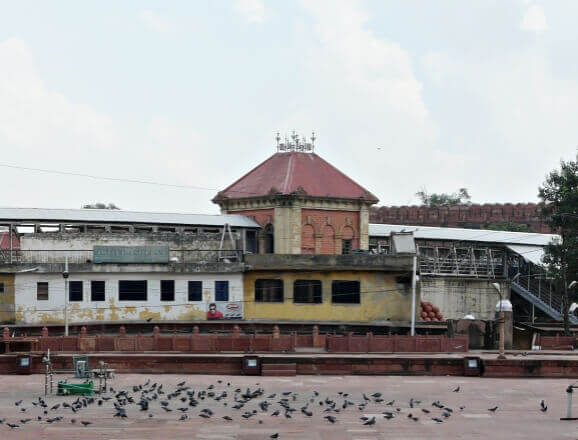
Agra Old City Walk
Art & Architecture
While the Taj Mahal steals the thunder in Agra, there are several other beautiful monuments that have their own story to tell. An Agra Old City Walk will take you past the Agra Fort Railway station with its distinctly European architecture, and the Jama Masjid district surrounded by Old Agra’s bazaars and fine architecture. Here you can hone your bargaining skills on everything from zardozi embroidery to inlaid marble objects. Image credits: Varun Shiv Kapur, CC-BY
Recommended Accommodations
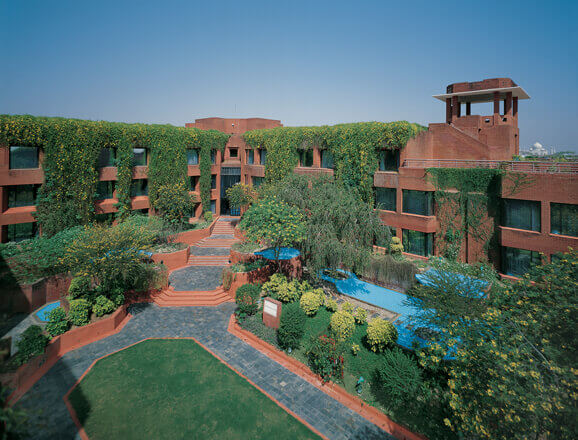
ITC Mughal
 Urban Abodes
Urban Abodes
A premier resort and spa spread over 35 acres, the ITC Mughal Sheraton offers a truly royal Mughal experience. Its 285 rooms and suites overlook verdant landscaped lawns or sparkling waters. The country's largest spa is a harmonious blend of Mughal and contemporary design and offers an oasis of tranquility.
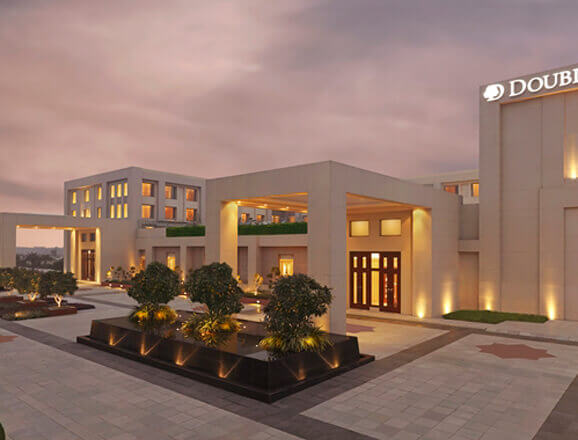
DoubleTree by Hilton
 Urban Abodes
Urban Abodes
Located in the heart of Agra city center, this Double Tree hotel is one of the few hotels in Agra offering views of this legendary monument close to the hotel. Whether you stay in a garden view or city view room, the hotel offers breathtaking views of the Taj Mahal from the pool area, and convenient access to Agra attractions such as the Agra Fort, Akbar’s Tomb and Sadar Bazaar.
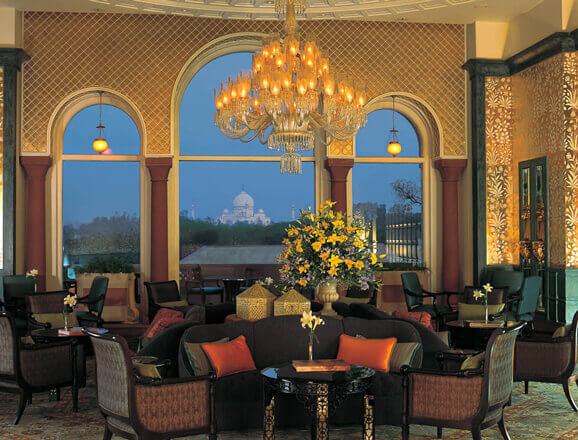
The Oberoi Amarvilas
Luxury Boutique
The resort sits a mere 600 meters from the world famous Taj Mahal, offering brilliant views of the monument from the lobby, pool, spa, restaurants and every room in the hotel. Elaborate gardens, terraced lawns, fountains and pavilions complement the classic architecture of the hotel.
Jaipur
Day: 7-9
If there is an aspect of India that neither the Mughal empires nor the British Era could wipe out, it was the regal lifestyles of the chieftains and princes from the feudal times, and nowhere is it more in evidence than in Rajasthan. Jaipur, the capital of Rajasthan state, is known fondly as the ‘pink city’ as most buildings are made of rosy sandstone. Established by Sawai Jai Singh II, the ruler of Amber, thus named to signify a ‘city of victory’, Jaipur’s bustling bazaars and labyrinthine bylanes whisper the history of 4 eras; the Rajput kingdoms, the Mughal Empire, the British Rule and modern times.
For sightseers, an Old City Walk navigates across a city where the history still echoes across time, and where tradition marries modernity. The City Palace exhibits royal collections of miniature paintings, armour, royal garments, textiles, and artefacts. You can then visit the Amer Fort, the citadel of the clan who later became the rulers of Jaipur. Continue on to the ornate Hawa Mahal, the Palace of the Winds, Jaipur’s most distinctive landmark, and then run amok in the Jaipur Street Market, where a smorgasbord of delights and crafts await.
Continue discovering Jaipur with our immersive experience listed below:
Recommended Activities
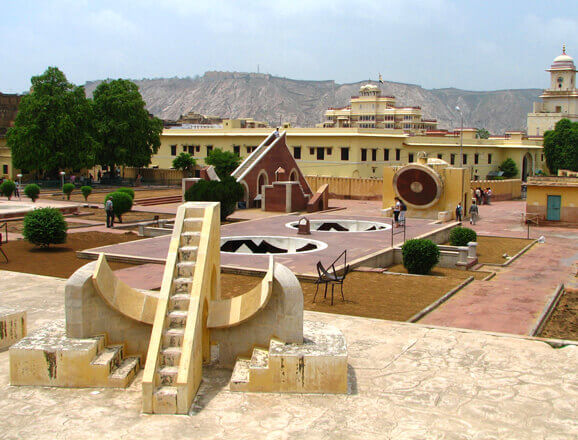
Jantar Mantar observatory
Art & Architecture
The Jantar Mantar observatory was built in the early 1700s by Sawai Jai Singh II, Jaipur’s ruler and a keen astronomer. The observatory bears witness to Central Asia’s rich legacy of astronomy, and its sixteen massive instruments are works of art that can forecast the weather even today!
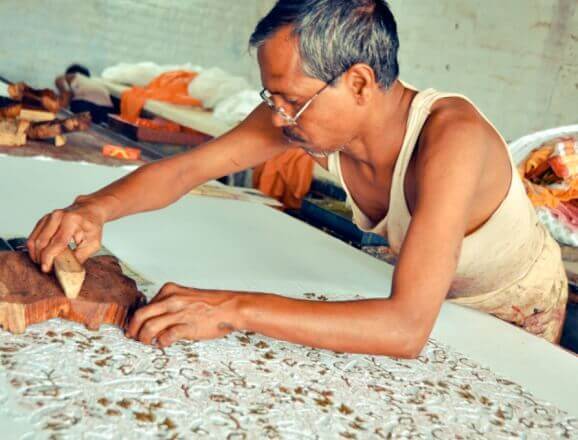
Block-printing workshop
 Arts, Crafts & Textiles
Arts, Crafts & Textiles
The technique of printing from wooden blocks onto paper and textile, originated in China and spread across Asia. It may have inspired the first engraved woodcuts that lead to the printing press. This technique is still widely used in India, mostly on textiles, and Travel Scope can offer you a block-printing workshop to learn the art and skill.
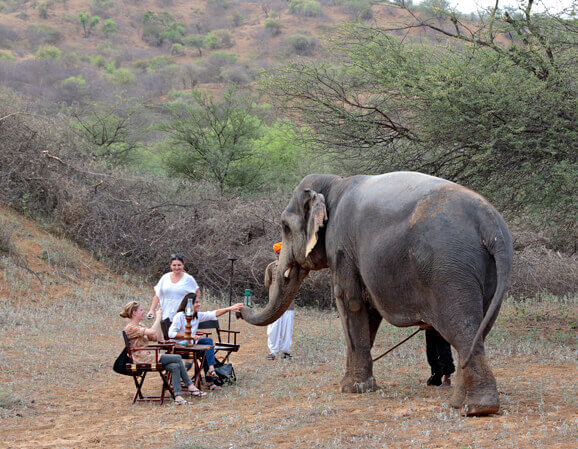
Know a Gentle Giant
 Popular Culture
Popular Culture
While deserts are mostly associated with camels, Jaipur’s ancient regal families have left behind a legacy of elephants. Elephants used to serve as royal mounts for day-to-day life, and during a war – today, they offer an interesting insight into the lives of these lovable, sensitive creatures. Spend time interacting with an elephant, experiencing up close life as the world’s largest land mammal!
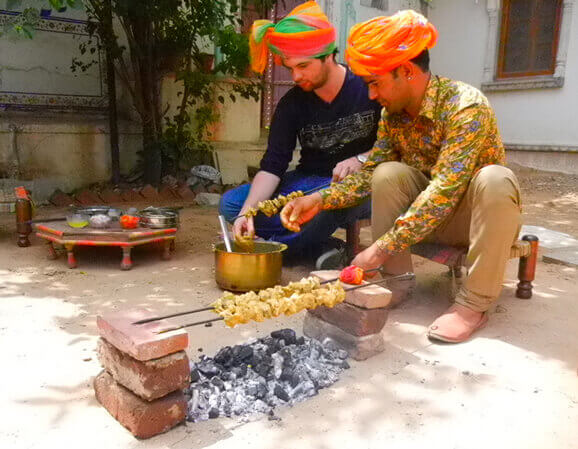
Homecooking at Dera Mandawa
Cuisine
At Dera Mandawa, one can indulge in a hands-on Rajasthani cooking experience. Start with a trip to the nearby market for ingredients, learn the recipes for regional specialties, followed by a scrumptious, regal lunch with the family. The passionate couple, who have converted this property into a heritage hotel, will be your co-chefs and hosts through the session – and the conversation is as interesting as their cuisine! Image Credits: Gagandeep Sapra, CC-BY
Recommended Accommodations
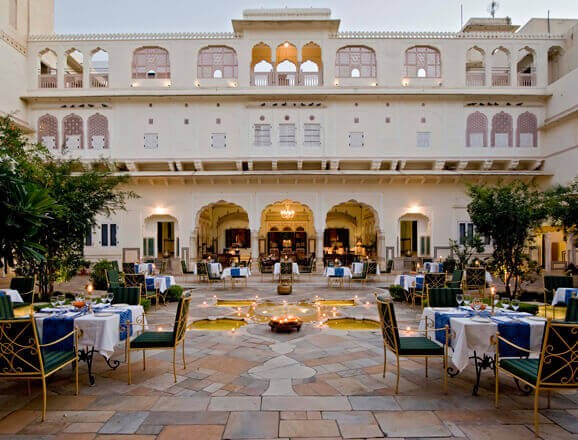
Samode Haveli
Luxury Boutique
This 150 year old Haveli, which was built as the Samode Royal family's suburban Manor House, has been meticulously restored and maintains antique furniture, furnishings and original works of art.. Serving as a celebration of traditional values and gracious living, old family portraits adorn the walls of its rooms and suites.
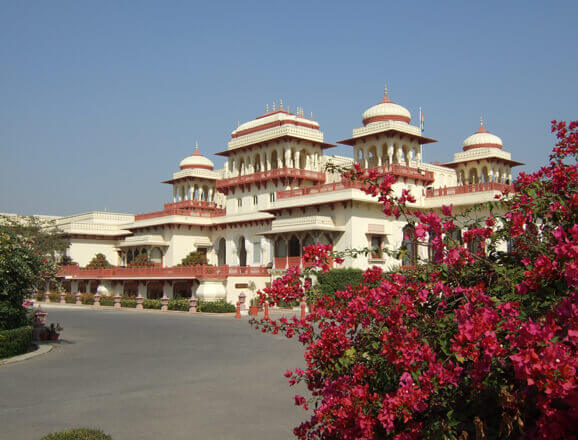
Taj Rambagh Palace
Luxury Boutique
In the finest tradition of Rajput hospitality, the Rambagh Palace offers guests a taste of royal living, thanks in part to the royal butlers that still work inside the palace walls. Elegantly appointed rooms decorated with rich fabrics, silk drapes and warm hues; marbled corridors and majestic gardens echo with the sounds of history. Many aesthetically restored rooms and suites are available, including the chambers of the former Maharaja.
ADD TO YOUR JOURNEY
More Journeys
Your Journey Awaits...
Share your details below and we’ll be in touch!

215, Qutab Plaza, DLF Phase 1, Gurugram, Haryana - 122002, India
contact@travelscopeindia.com
+91 124 499 9499
COPYRIGHT © TRAVEL SCOPE 2025




